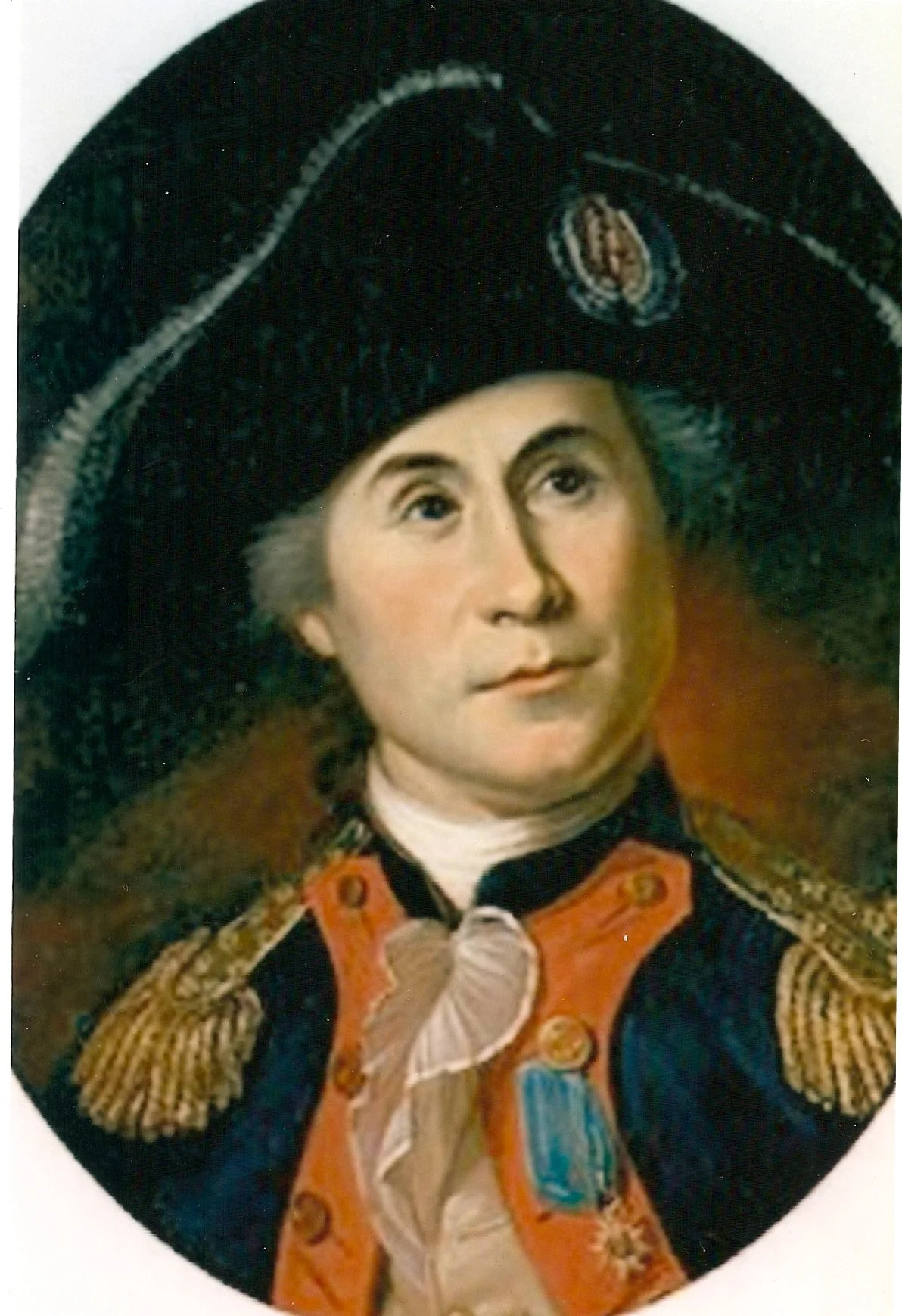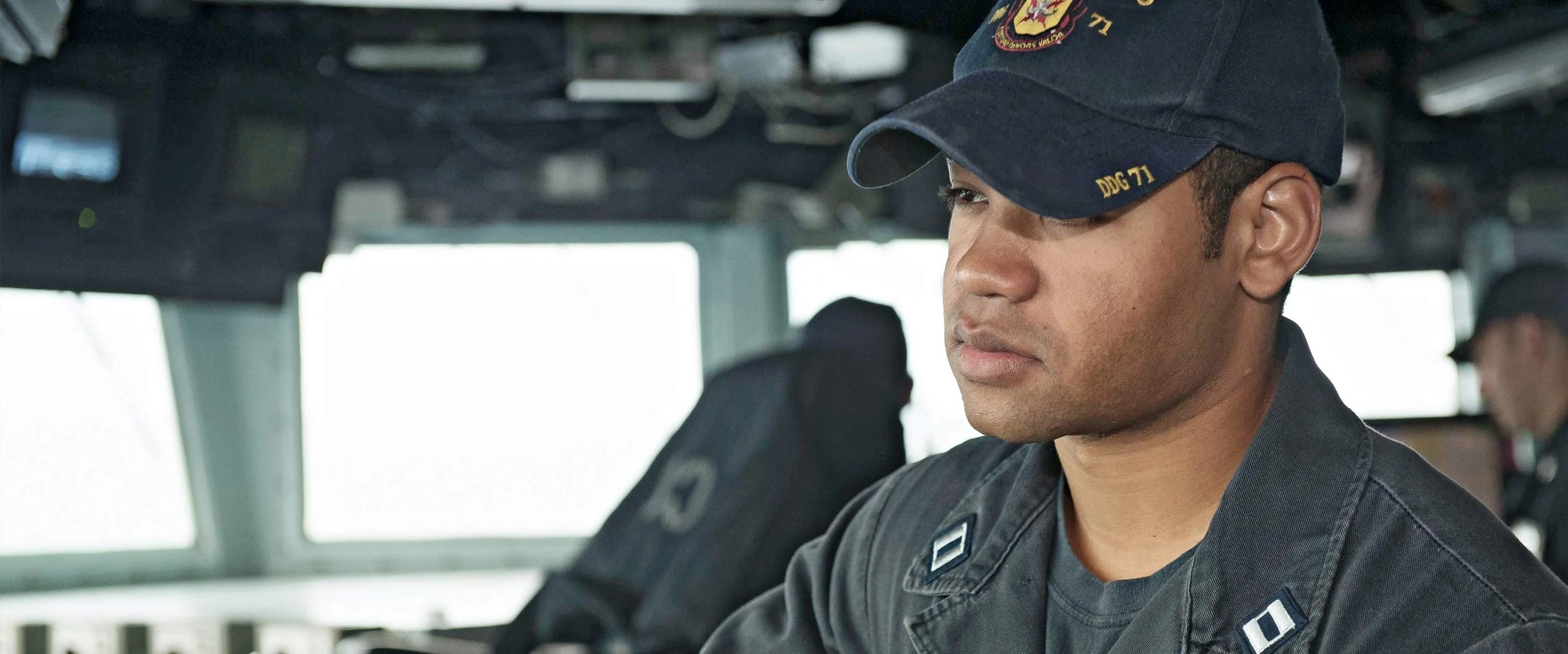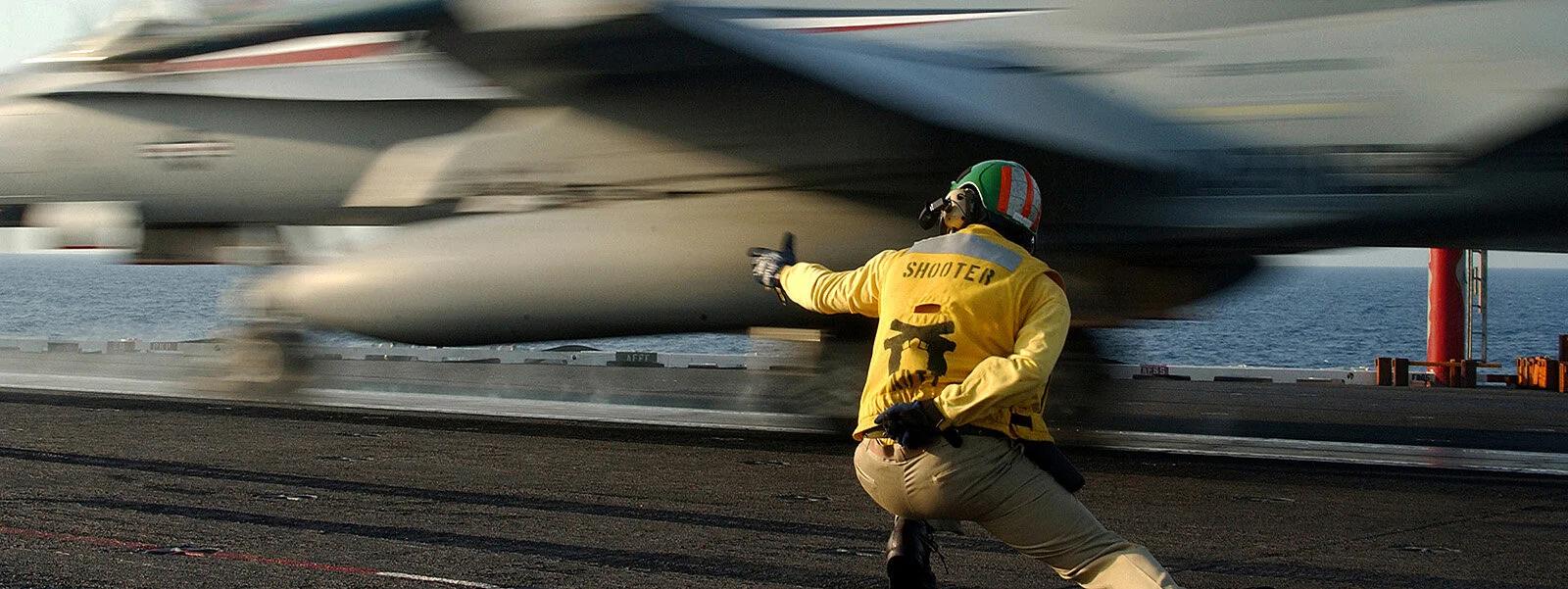This is my final post in the JSM-ALNIC collision series. It is an overview of the mindset that I encourage others to adopt for learning from official accident reports.
Hi.
Welcome to my website. This is where I write about what interests me. Enjoy your visit!




















